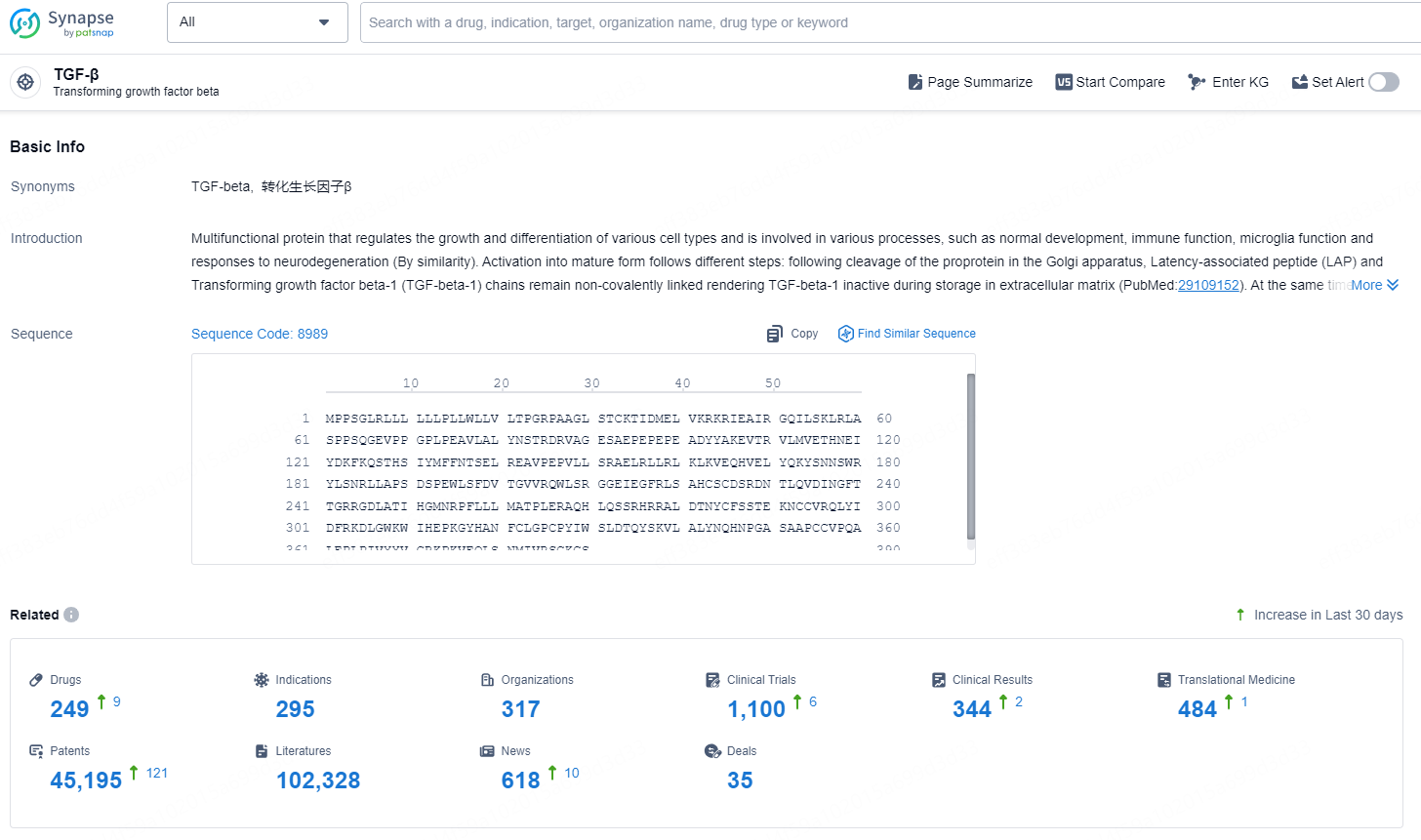Unlocking Muscle Growth and Therapeutic Potential: The Activin-ActRII-ActRI Pathway in Disease and Weight Management
The Activin - ActRII - ActRI pathway is a key regulatory pathway in muscle growth and has attracted significant attention in the research of muscle - related diseases and weight - loss therapies. Understanding the target information within this pathway is fundamental to developing effective therapeutic strategies, especially for conditions like muscular dystrophy and for achieving the goal of “fat loss with muscle gain” in weight management.
Muscle growth inhibitors, activin A, and other members of the transforming growth factor - β (TGF - β) superfamily are negative regulators of muscle growth. They have become potential therapeutic targets for muscular dystrophy. Pharmacological strategies, such as the neutralization of circulating muscle growth inhibitors, the capture of the type IIB activin receptor (Fc - ActRIIB) in a soluble form, and the blockade of the activin type II receptor (ActRII) on skeletal muscle cells, are being investigated to counteract the effects of these negative regulators.
The TGF - β receptor signaling pathway is a complex process. It begins with the binding of extracellular ligands to type II receptors. Once bound, the ligand - receptor complex phosphorylates the type I receptor via the receptor's serine/threonine kinase domain. This phosphorylation propagates the signal into the cell through the phosphorylation of the Smad proteins, which then regulate gene expression, ultimately influencing cell growth and differentiation.
There are several important receptors in the Activin - ActRII - ActRI pathway. Activin receptor - like kinases (ALKs), members of the type I activin receptor family, were first cloned in 1991 as activin receptor type II (ActRII) and later, in 1992, activin receptor type I (ActRI), later renamed ALK, was identified. To date, seven ALK isoforms (ALK1 - 7) have been identified in mammals. Two distinct activin type II receptors, ActRIIA and ActRIIB, have also been identified. ActRIIA and ActRIIB bind activin with high affinity, while ALK4 (activin receptor type IB, ActRIB) is the predominant type I receptor for activin. In contrast, muscle inhibin binds more efficiently to ActRIIB than to ActRIIA, with ALK5 (TGF - β receptor type I, TbRI) serving as the type I receptor for muscle inhibin.
In conclusion, the target information in the Activin - ActRII - ActRI pathway, including the negative regulators of muscle growth, the components of the TGF - β receptor signaling pathway, and the various receptors, provides a solid foundation for understanding muscle growth regulation. This knowledge is crucial for the development of therapeutic strategies targeting muscle - related diseases and for exploring new weight - loss and muscle - gain therapies.
For more information, please click the image link below to access the full report.





